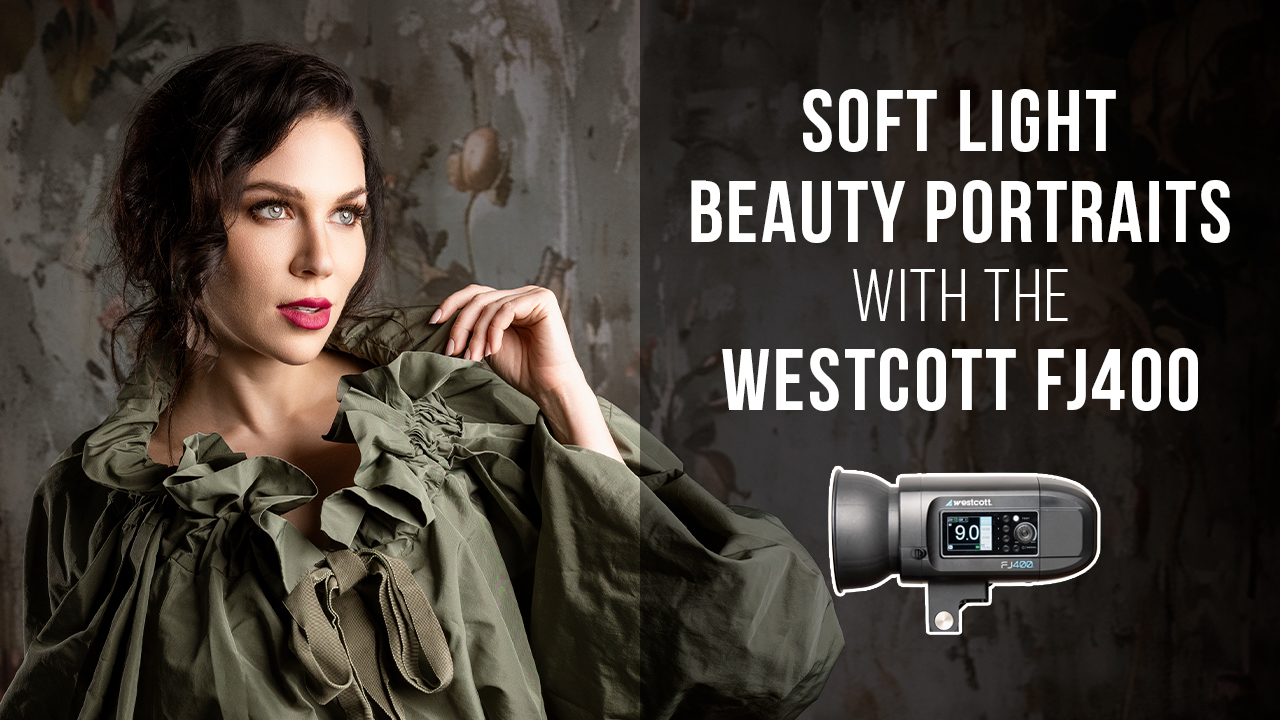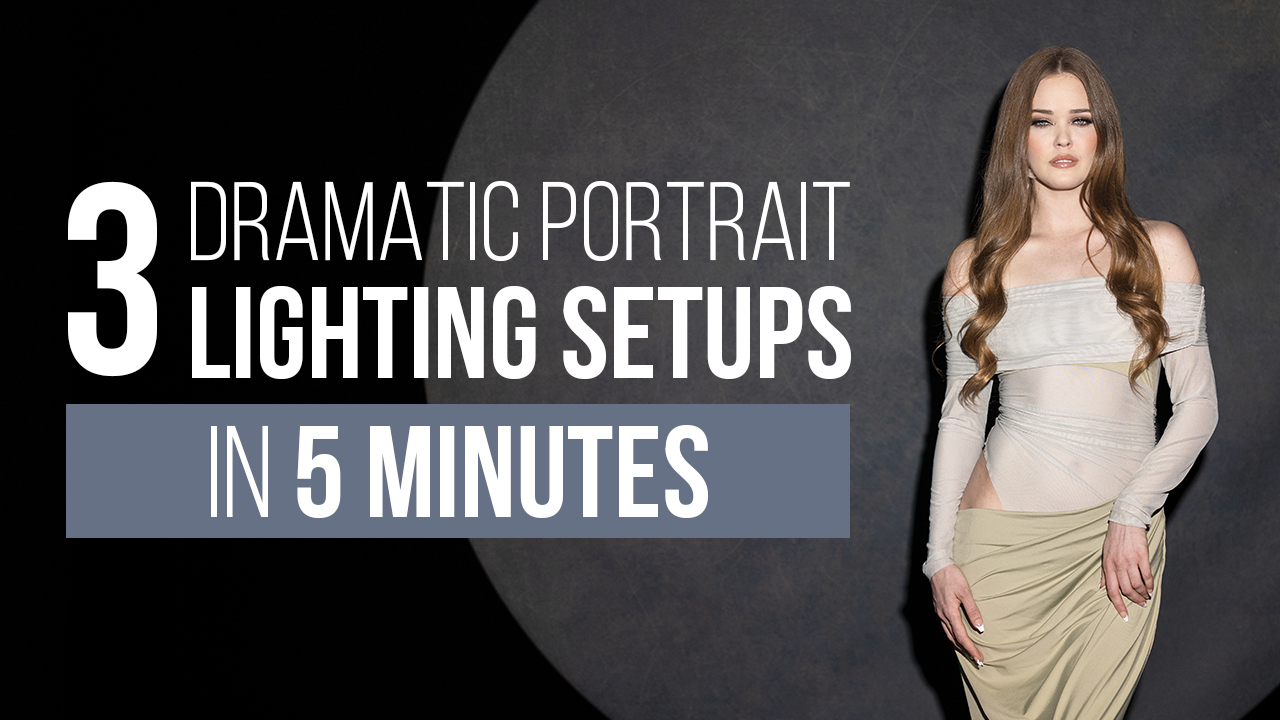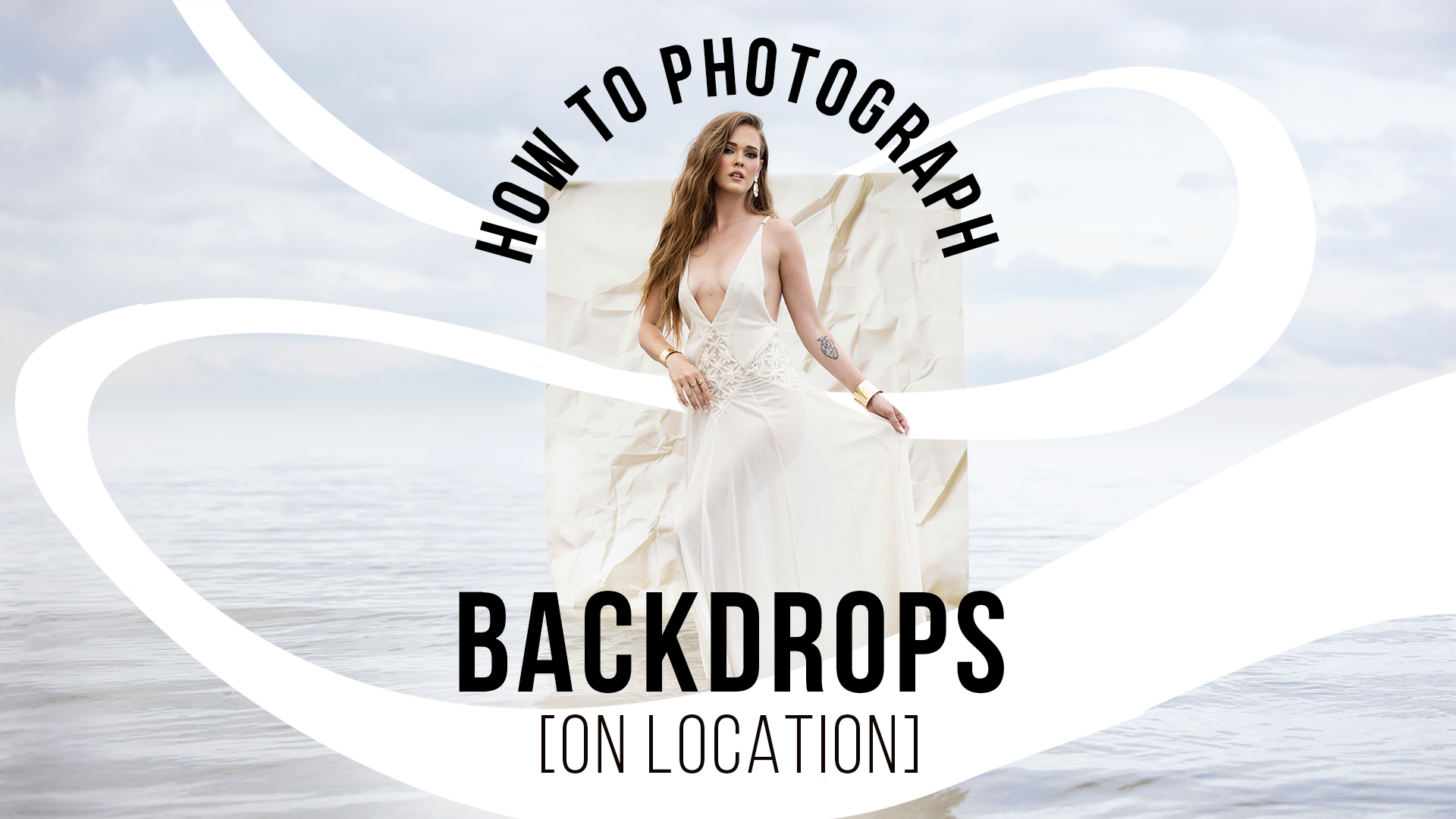5 Things You Can’t Do Without a Light Meter with Michael Corsentino
Readers of this column know that I’m a big booster for the use of handheld light meters. I use them daily in my own photography and recommend them to every photographer interested in better lighting. In fact if you want to take your lighting to the next level in addition to taking your light off your camera, learning to use a handheld light meter is the next best step you can take in that direction. I know what you’re thinking! “My camera already has a built-in light meter. Why do I need another meter, another expense, and another tool to worry about?” Those are each great questions.
Despite being incredibly advanced and capable of many amazing feats, the light meter in your camera doesn’t hold a candle to a standalone, dedicated, flexible, purpose-built handheld light meter. They each do very different and essential things, and neither one is a replacement for the other. If TTL metering is your preferred method of working, your camera’s built-in light meter will have you covered in most scenarios. That said, even TTL can prove inaccurate and unpredictable in certain situations. What then? You need a backup plan, and that’s where at a minimum knowing how to use a handled light meter can be a life-saver. The deeper you delve into off-camera location and studio lighting, the more limiting a built-in light meter becomes and the more useful a handheld light meter becomes. Let’s look at five things you can’t do without a light meter:
1. Obtain a proper flash exposure before clicking the shutter
This one is huge. With a handled light meter set to Shutter Priority, you simply dial in the ISO and shutter speed settings to match those used on your camera. The meter will then indicate the aperture setting needed for a balanced exposure based on the amount of flash measured. This method is particularly useful with off-camera manual flash either on location or in the studio. You simply dial flash power up or down until the meter gives you a reading that matches your desired aperture setting. Since you already know what your desired aperture setting is and already have it set on your camera along with the same shutter speed and ISO already set on your meter, all you need is a meter reading that matches your desired aperture. Once you have a reading matching the aperture setting on your camera, you’re guaranteed a balanced exposure before you’ve ever captured your first image. This is a tremendous time saver compared to making repeated exposures and strobe adjustments until stumbling onto the right exposure, aka chimping. Get it right the first time, look like a rock star, and spend more time shooting!
2. Establish a ratio between lights
The ability to determine the precise difference between key and accent light output is extremely useful in multiple strobe scenarios. Best-in-class flash meters such as Sekonic’s L-758 and L-858 permit photographers to determine the ratio from one strobe to another. The process is simple—first you meter the key light, then save that reading into the meter’s internal memory, and finally press the meter’s Delta EV button to put the meter into ratio mode and meter the accent lights. The meter will indicate +/- readings based on the difference between the two lights. For example, -1 indicates 1 stop less light than the key light, +2 indicates 2 stops more light than the key light, etc. That’s about as complicated as ratios get, so don’t overthink it and unnecessarily intimidate yourself. This is a really killer feature, because it allows repeatable, predictable and consistent results regardless of distance and other factors that can change from one set up to the next. What this means is that you can recreate lighting setups from one studio or location to the next quickly, accurately and easily.
3. Take an Incident light reading
While TTL is a wonderful development and great for working quickly when distances between subject and flash are changing rapidly, it’s also prone to the vagaries of Reflective light readings. Your camera’s built-in light meter works by reading the light reflected from whatever is in front of the lens. Naturally, different surfaces, subjects and objects reflect light with different intensities. The classic example of a challenging situation for TTL is a groom in a black tux and a bride in a white gown. Both of these colors reflect light with dramatically different intensities and therefore can confuse a TTL meter. Complex backgrounds containing a variety of elements with different levels of reflectivity can be problematic for TTL. Handheld flash meters can be used to take both Reflective readings, good for landscape work, and Incident readings, good for just about everything else. With Incident readings, the meter measures the light falling onto the subject rather than the light reflected from it. As the light falling onto a subject is a constant unaffected by different reflective intensity, it’s much more accurate, consistent, and rock-solid reliable both in the studio and on location, regardless of subject complexity.
4. Determine the percentage of flash contributed
One of my favorite things you can do with a flash meter is obtain a numerical percentage for the amount of flash being contributed to an exposure. This is particularly useful when mixing flash and ambient. Most often in this scenario, ambient light is the dominant light source and flash is used as fill light. That said, in some cases you may need to overpower the ambient light. With a flash meter, you can see the exact percentage of light being contributed by the flash and season to taste. This allows you to work quickly and repeatably. If your favorite fill light percentage is 20%, using this method, you can accurately and easily get it every time. Conversely, if you want a more flash-heavy look, you simply increase flash power and determine a percentage balance that better fits your needs.
5. Meter manual flash
Due to the way mirrored SLR cameras work, they’re unable to meter manual flash—end of story, full stop. This is due to the mechanical limitation of the way the a built-in light meter, camera mirror and shutter work together during meter readings. With an SLR camera meter, readings are obtained by reflecting the light from the scene into the meter prism sitting on top of the camera body. When the mirror raises and the shutter curtain opens to make the exposure, metering is no longer possible. The manual flash fires when the camera’s mirror is up and the shutter is open, and therefore no meter reading can be taken. Not so with a handheld flash meter, which can used anytime, anywhere to obtain an accurate manual flash, thus bypassing the SRL meter limitation. If you want to incorporate manual flash into your photography (especially useful in the studio), a handheld flash meter is the way to go.
I could have made this list even longer, but my goal was to keep it broad and general. Meters can be used to measure color temperature, determine flash duration, remotely control flash power and strobe groups, and accurately meter blow-away white backgrounds, among many, many other uses. In short, they allow fast, accurate, consistent, predictable, and repeatable results every time. A quick YouTube search returns dozens of helpful videos explaining myriad uses for handheld light meters, from beginner to advanced. For those interested, I encourage you to dig deeper—you won’t be disappointed.








